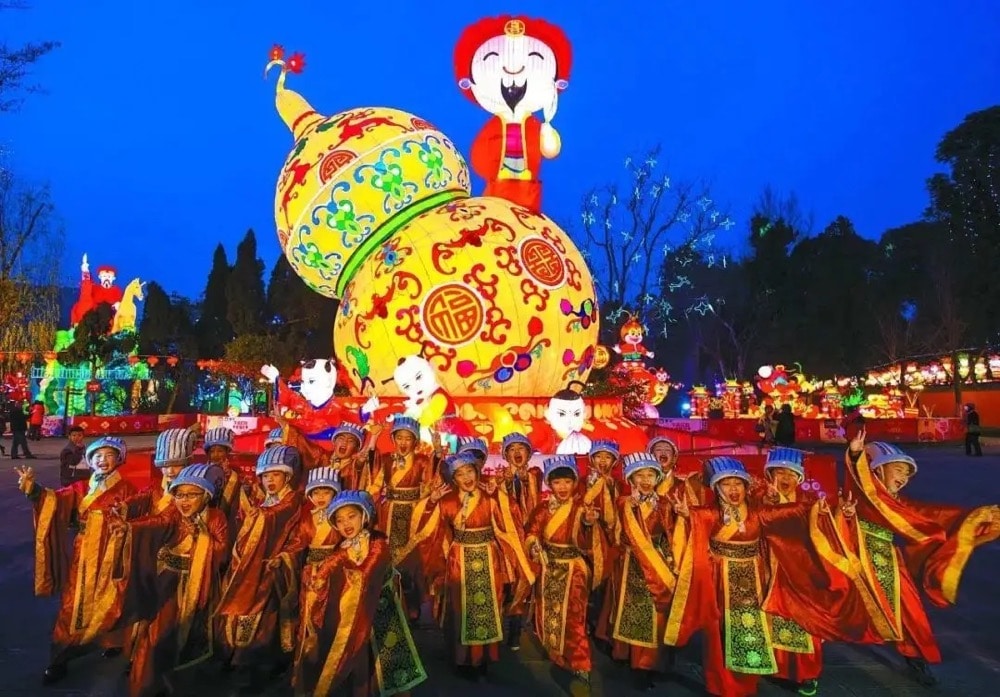Miaohui which translates to temple gatherings has been a tradition carried down by the Chinese people over the years. This celebration has become so common that other people from all over the world are drawn to it. Ever wondered what is the temple fair? Well, this will answer your question.
What does temple fair mean?

Temple fair is a Chinese religious celebration of the lunar New Year that originated from Taoism which is one of the Chinese religions.
It is believed that the celebration came about as a result of the opposition between Buddhism and Taoism that focused primarily on the number of temples built and the congregation attracted.
The Temple fair began with a group of vendors who stationed themselves outside the temples to sell to those who visited the temple to pay tribute to the gods. They also wanted to bring spiritual sustenance to the people. Gradually, it evolved into a regular event and folk singers and dancers were introduced making the fair a grand go-to event.
When is the temple fair?
When it began, the temple fair was held at various times some at the start of Lunar New Year while other temples held it every month on the same date. However, recently the celebrations have been held during the spring and lantern festivals.
Development of the temple fair

While it started as an attempt of street vendors to attract the tourist who visited the temple, the temple fair has developed over the years and has picked up many features that go past a simple business strategy. The celebrations consist of the burning of incense, dragon and lion dances, folk performances, and a parade of dancers along the streets. It has popularized the Taoism and Buddhism religions as people from all over the world travel to witness this event. It has not only become a place for commercial dealings but entertainment and socialization.
Though the event has become grand and more engaging it is still conducted around temples and religious shrines. This continues to attract people to the religion and grow its audience. The people also sell their artifacts and craftwork at the fairs thereby enriching their culture. They have a display of their local foods that are sold at the fairs and their history is passed down.
During the fair, the people celebrate their god’s birthday. The temples have one or more gods whose birthday they celebrate by parading the statues around the temple and praying for offspring.
The Miaohui has changed in recent years and the dynasties have assumed different themes. Those in Beijing have more inclusivity and they showcase western food in their fair, unlike the Chinese who showcase traditional meals. Others showcase various handicrafts and snacks. The most common foods are like Douzi which is a fermented drink made from beans and fried bean balls
Conclusion
The temple fair a great extension of culture and continues to show the great magic that originality possesses. It has proved to be a fusion of culture and a good way for the Buddhist and Taoist people to express themselves. What started with a group of vendors has opened up a market for the handicrafts and the several foods the people have to showcase. The temples have also grown to contain a lot of people which is a success to the original intention of the fair.